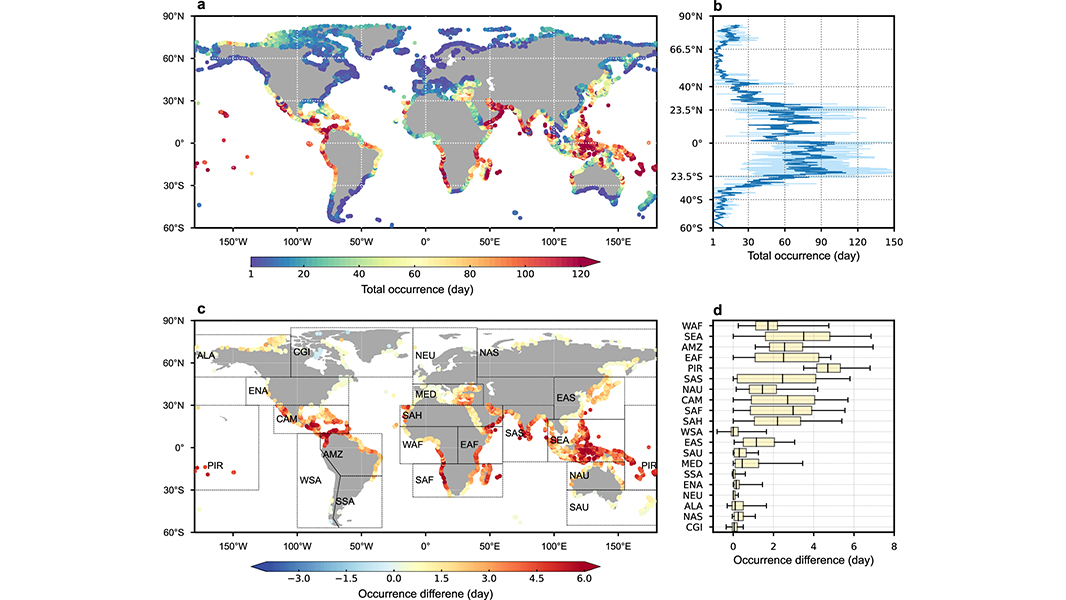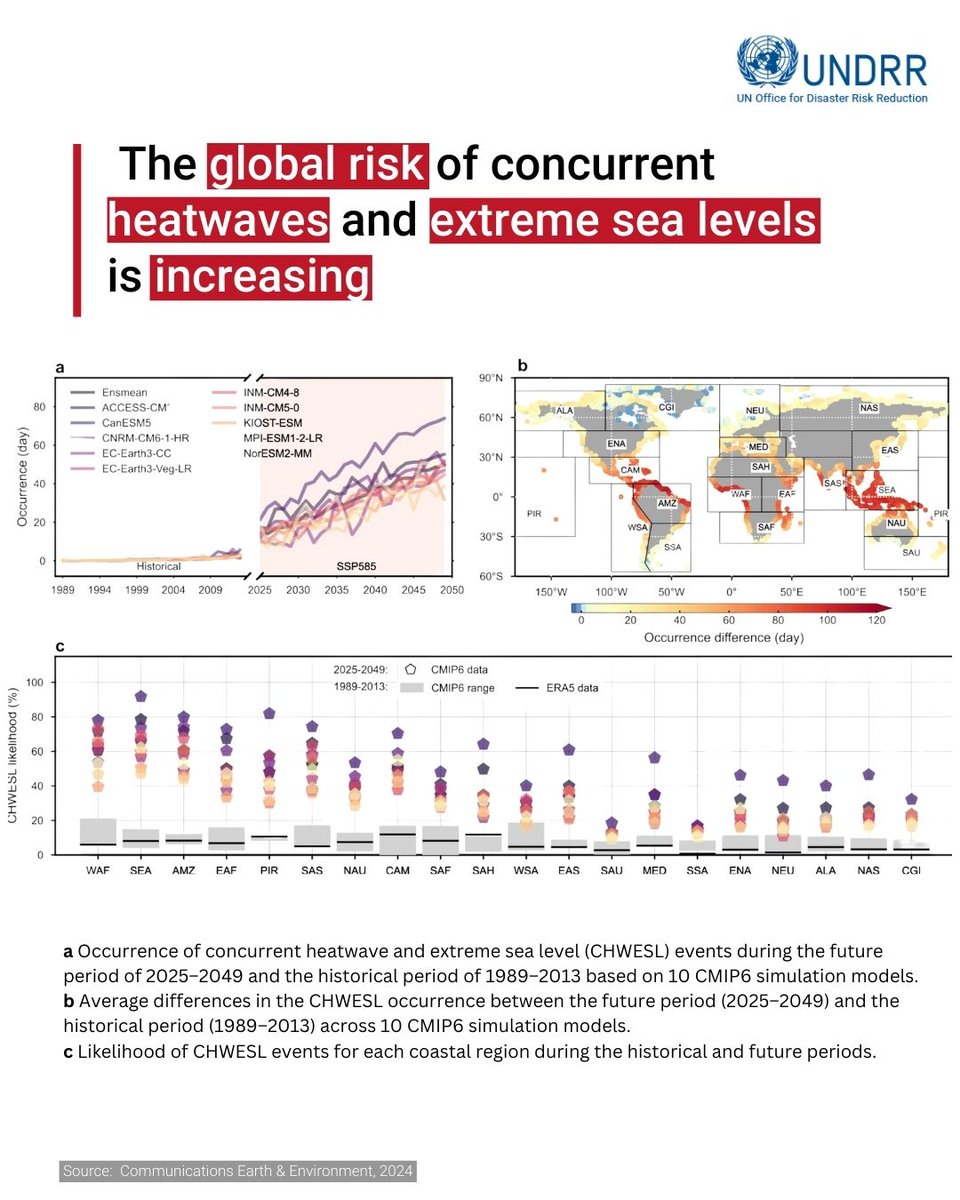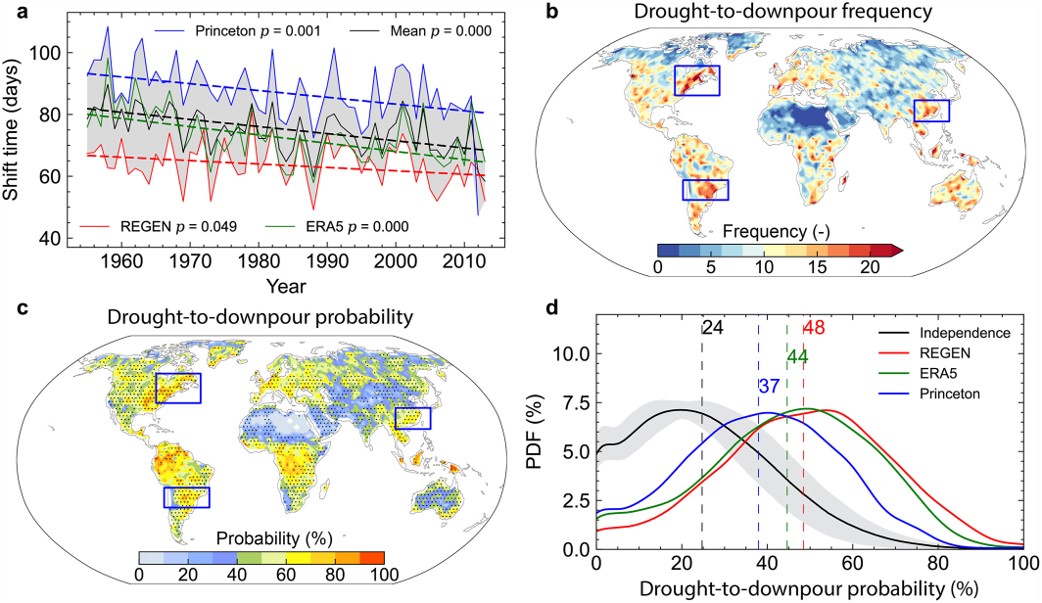
Shuo Wang
@hydroclimate07
Associate Professor focusing on hydroclimate extremes @HongKongPolyU, Associate Editor for Water Resources Research (AGU) and Journal of Hydrology
ID: 1100267639128055808
http://www.shuoswang.com 26-02-2019 05:33:41
40 Tweet
270 Followers
485 Following


Extreme sea levels at different global warming levels by C. Tebaldi et al by NatureClimate - present-day 100-yr extreme sea-level event will become at least once-per-year event, read more at: nature.com/articles/s4155…


Happy to share our latest research on FLASH: FLash Drought Assessment using SMAP Hydrol., published in [Nature Communications]. We explore the rapid onset phase of flash droughts and underlying mechanisms on a global scale. Read more: nature.com/articles/s4146… The Hong Kong Polytechnic University (PolyU) PolyU Academy for Interdisciplinary Research Zong-Liang Yang UT Jackson School of Geosciences Texas Tech Atmo. Sci


Published in Nature Communications, the research was a collaboration between scientists at UT Austin, Texas Tech University, and The Hong Kong Polytechnic University (PolyU). According to Yang, rising global temperatures are probably behind the faster flash drought onset. Read the study here: nature.com/articles/s4146…










Concurrent occurrences of heatwaves and extreme short-term sea level rises at the same coastal locations significantly increased between 1998 and 2017 when compared to the preceding twenty years, according to a study published in Communications Earth & Environment. go.nature.com/3VVx3cb



New research from The Hong Kong Polytechnic University (PolyU) finds that the risk of heatwaves and extreme sea level events occuring at the same time is increasing. To reduce risks, we need to better understand how hazards can combine and compound one another. View the study ➡️ ow.ly/Aswz50RhkGG


I am excited to share our new study doi.org/10.1038/s43247… published on Communications Earth & Environment. Our findings reveal that compound drought-heatwave events increase in low-income regions twice as fast as in high-income regions.










